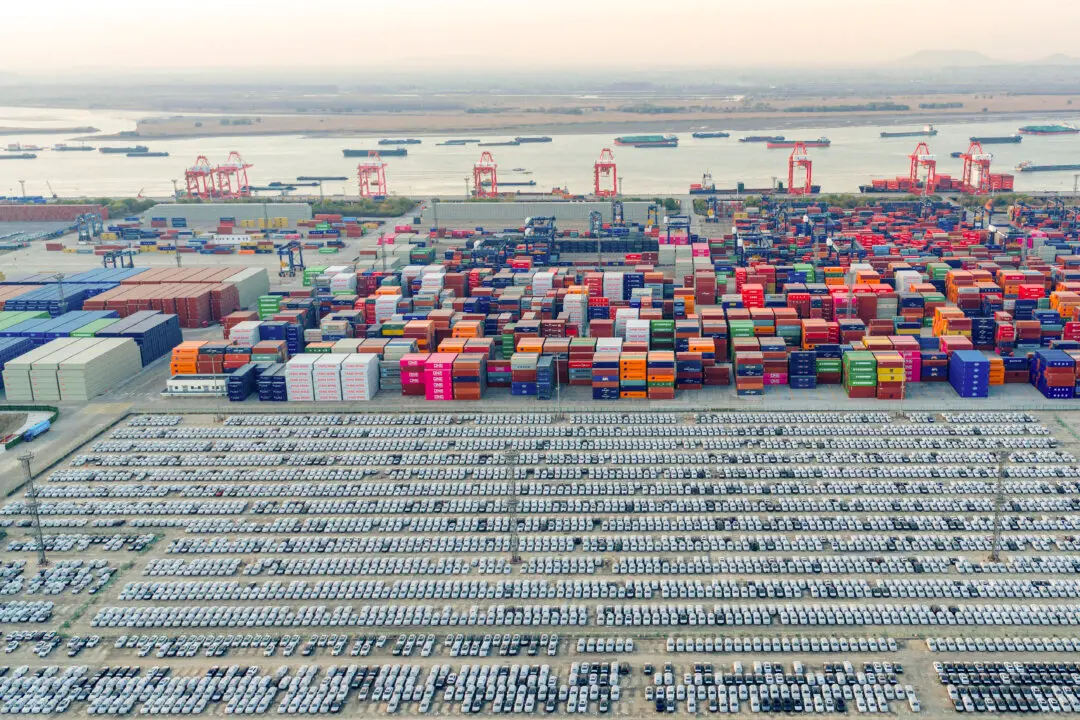Too frequently western media misses the weakness implicit in China’s top-down centralized economic system. Indeed, reporters and commentators with a frustrating regularity describe those weakness as strengths. They will write with awe about Beijing’s grand projects—miles of high-speed rail, for example, phalanxes or shinny locomotives staggered artfully for the photo opportunity, cities that have grown up whole seemingly overnight and replete with rows of high-rise apartment blocks and subway systems. The list goes on. These observers compare these huge projects with the seemingly chaotic and unfocused market-based system in the United States and either recommend that America mimic Beijing’s approach or fearfully forecast China’s ultimate success in its competition with the United States. The fact is that Beijing’s grand designs, impressive as they can seem, reveal the centralized economic system’s great tendency toward failure and waste. They are more a harbinger of the system’s ultimate failure than its triumph.
Viewpoints
Opinion
When It Comes to China, Western Media Often Sees Economic Strength When There Is Weakness

A high-speed train leaves Shanghai Hongqiao Railway Station during its test run in 2011 in Shanghai. China's first arctic high-speed rail project runs far below the expected speed, because of construction problems blamed on corruption. ChinaFotoPress/Getty Images
|Updated:
Commentary
Milton Ezrati is a contributing editor at The National Interest, an affiliate of the Center for the Study of Human Capital at the University at Buffalo (SUNY), and chief economist for Vested, a New York-based communications firm. Before joining Vested, he served as chief market strategist and economist for Lord, Abbett & Co. He also writes frequently for City Journal and blogs regularly for Forbes. His latest book is “Thirty Tomorrows: The Next Three Decades of Globalization, Demographics, and How We Will Live.”
Author’s Selected Articles




